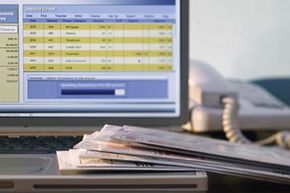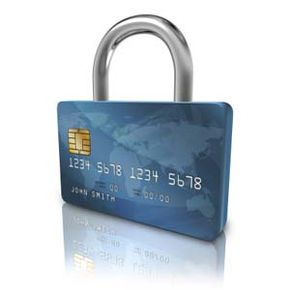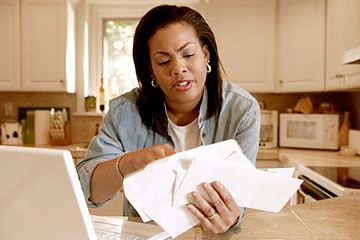The age-old ordeal of sitting down with a stack of bills, a pile of envelopes, a mess of stamps and a soon-to-be diminished checkbook is dead and gone for many in the 21st century. That's because while paying bills still tends to deflate the checking account, the process doesn't have to include any actual checks or burn away half the afternoon.
More and more people are turning to various online outlets to take care of their routine financial obligations with a couple of clicks, saving time and offering the freedom to bank at their own convenience. But not everyone is onboard yet. According to a 2009 survey conducted on behalf of the American Bankers Association, 11 percent of people over the age of 55 prefer banking online, compared with 26 percent of people ages 35 to 54, and 38 percent of people ages 18 to 34 [source: ABA]. On average, that means online banking has a greater percentage of fans than any other method, whether it's banking at a branch, at an ATM, or through some other means.
Advertisement
We've already mentioned a couple of factors that can make converts out of people who like going to the bank. No more hopping in the car and rushing to get to the bank before it closes, for example. Now they can bank from the comfort of their couches -- and in the middle of the night, if they feel like it. On the other hand, people who still prefer making a trip to the bank often enjoy personalized service and feel more confident that their financial information is safe from the potential risks of cyberspace.
But once customers are interested in online banking, it makes sense they'd start paying their bills that way, too. After all, it's an easy step to go from checking your account balances to taking care of your upcoming phone bill. On the next page we'll look at some of the common features included in online bill paying.
Advertisement




